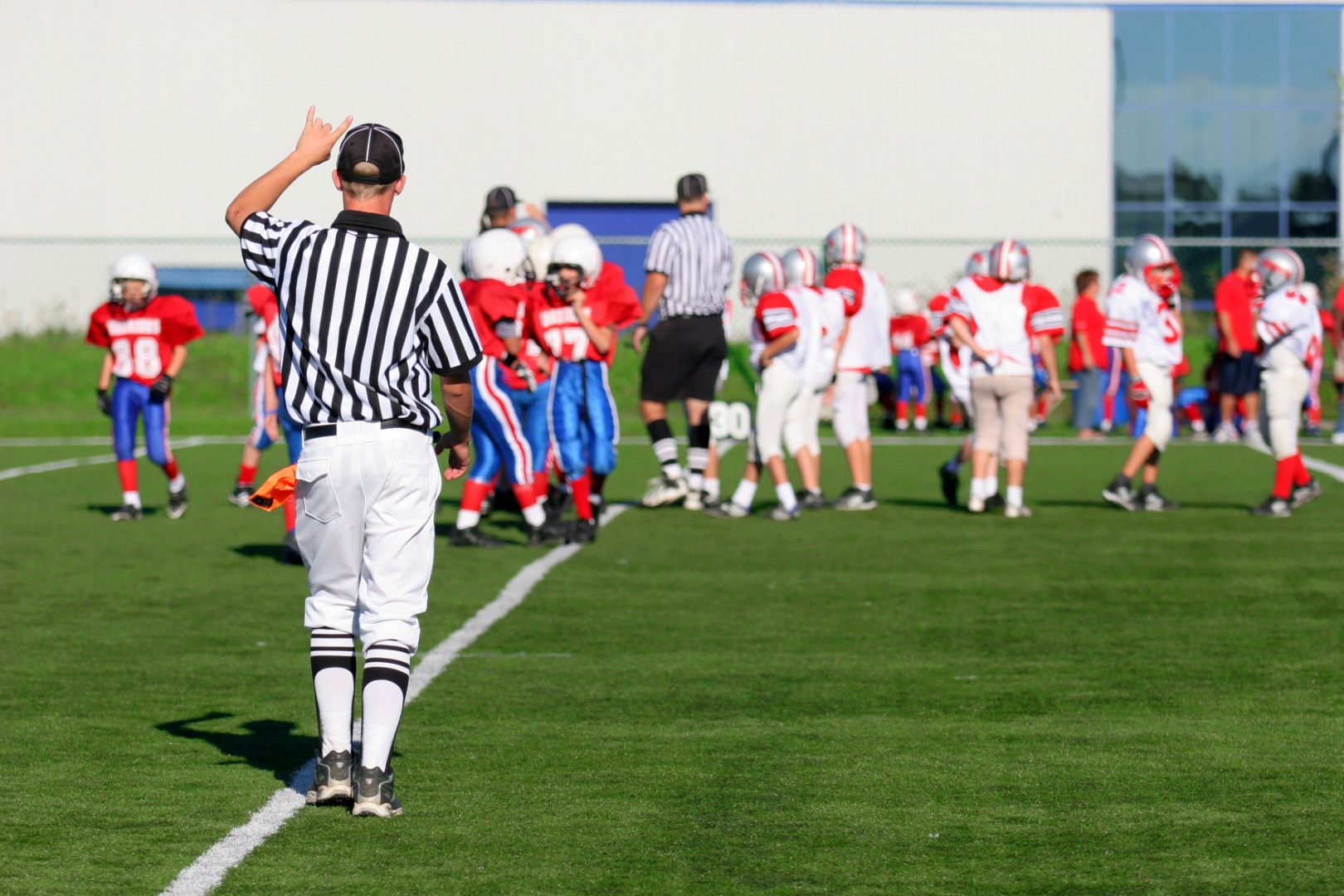Artificial Turf Has Become the Gold Standard for High Schools


Cloudland High School in Roan Mountain, Tennessee, has long used a grass field. But over time, the school developed a reputation for ankle-high grass and muddy patches — limiting the field’s use after rains and contributing to injuries.
This year, however, the Carter County School District installed an artificial turf surface for the first time. With turf in place, the field has played host to dozens of band rehearsals, team sports practices, and football games from across the school system.
This decision is not isolated. It reflects a growing trend around the country as schools look for ways to provide safe and sustainable play. Turf has become the most common field choice for colleges and high schools.
Schools have a wide variety of sports to accommodate and, often, little time and space to ensure everyone has the chance to play. And many school fields also play host to local youth recreation leagues, academic events like graduation, marching band practice, and so much more.
On grass, back-to-back events risk tearing up the field and causing patchy, unsafe conditions. When the weather doesn’t cooperate, those problems multiply. Any Little League coach knows what it’s like to rake an infield to remove puddles after an overnight rain. Soccer goalkeepers know the pain of diving to make a save, only to land on rock-solid dirt after days of no rain.
Beautiful grass fields might be ideal for some places, but, for many, the wear and tear and maintenance costs are just too high to keep games moving on time and fields open to play.
With limited budgets, school boards often do not have the option to employ an army of groundskeepers. Artificial turf has become a meaningful solution to provide significantly more hours of safe play.
More accessible and higher quality fields have also proven an economic boon for communities, attracting regional tournaments and events and upping fields’ capacity to host additional sports. This was the case at Lincoln Park sports complex in Indiana, which installed new turf baseball fields with outside events in mind. With a longer season and increased events, city officials estimate an economic impact of $950,000 each year.
“Tournament directors now are looking to play at places where they’re guaranteed to play,” the associate director of sports for Columbus Parks and Recreation, Brady Buckley, told local paper The Republic. With grass, it’s often too difficult to plan for.
Similarly, when Brown County in Wisconsin replaced old grass soccer fields with artificial turf, local youth soccer organization Wisconsin United FC projected 1,300 additional hotel stays and an economic impact of more than $2.3 million through expanded tourism and soccer tournaments.
School districts around the country face similar choices when it comes to their local playing fields. Turf using recycled rubber has been studied extensively and shown to be safe by research from organizations such as the California Environmental Protection Agency and the California Office of Environmental Health Hazard Assessment.
Instead of fields that are forced to close during and after inclement weather, communities have looked to artificial turf as the go-to playing surface for high schools and colleges.
Want to learn more? Check out the Better Play Today newsletter on LinkedIn.